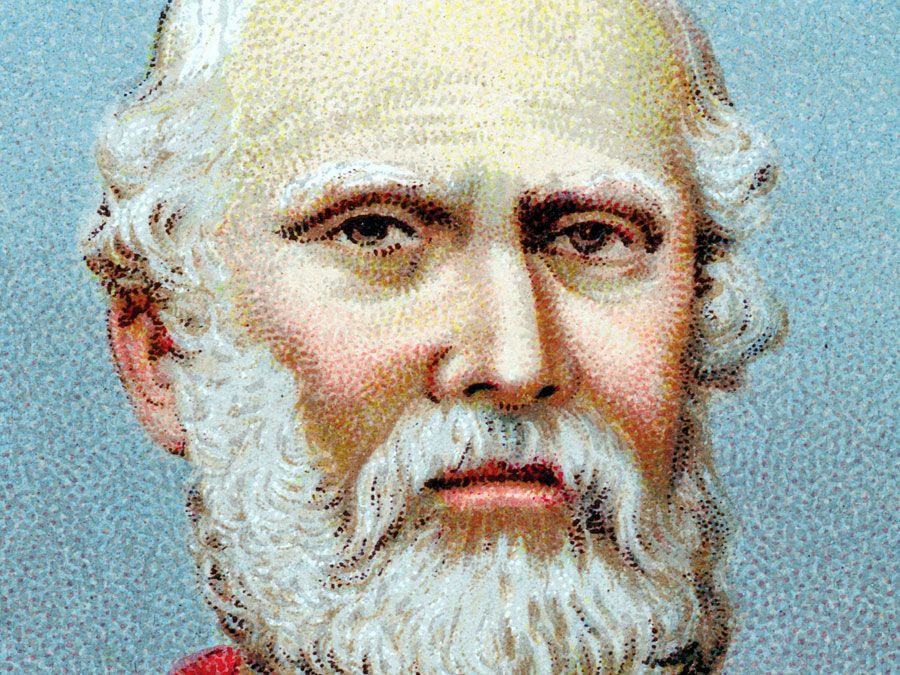Oresteia
Our editors will review what you’ve submitted and determine whether to revise the article.
Oresteia, trilogy of tragic dramas by the ancient Greek dramatist Aeschylus, first performed in 458 bce. It is his last work and the only complete trilogy of Greek dramas that has survived.
The Oresteia tells the story of the house of Atreus. The first play, Agamemnon, portrays the victorious return of that king from the Trojan War and his murder by his wife, Clytemnestra, and her lover, Aegisthus. At the play’s end Clytemnestra and her lover rule Árgos. The work has extraordinary, sustained dramatic and poetic power. Particularly notable are the fascinating richness of Clytemnestra’s deceitful words and the striking choral songs, which raise in metaphorical and often enigmatic terms the major themes—of theology, politics, and blood relationships—that are elaborated throughout the trilogy.
The second play, Choephoroi (Libation Bearers), takes its title from the chorus of women servants who come to pour propitiatory offerings at the tomb of the murdered Agamemnon. It details the revenge of Agamemnon’s daughter Electra and his son, Orestes. The siblings together invoke the aid of the dead Agamemnon in their plans. Orestes then slays Aegisthus, but Orestes’ subsequent murder of Clytemnestra is committed reluctantly, at the god Apollo’s bidding. Orestes’ attempts at self-justification then falter, and he flees, guilt-wracked, maddened, and pursued by the female incarnations of his mother’s curse, the Furies (Erinyes).

The third play, Eumenides, opens at the shrine of Apollo at Delphi, where Orestes has taken sanctuary from the Furies. At the command of the Delphic oracle, Orestes journeys to Athens to stand trial for his matricide. There the goddess Athena organizes a trial with a jury of citizens. The Furies are his accusers, Apollo his advocate. The jury is evenly divided in its vote, and Athena casts the tie-breaking vote for Orestes’ acquittal. The Furies then turn their vengeful resentment against the city itself, but Athena persuades them, in return for a home and cult, to bless Athens instead and reside there as the Eumenides (“Kind Goddesses”) of the play’s title. The trilogy thus ends with the cycle of retributive bloodshed closed and supplanted by the rule of law and the justice of the state.









